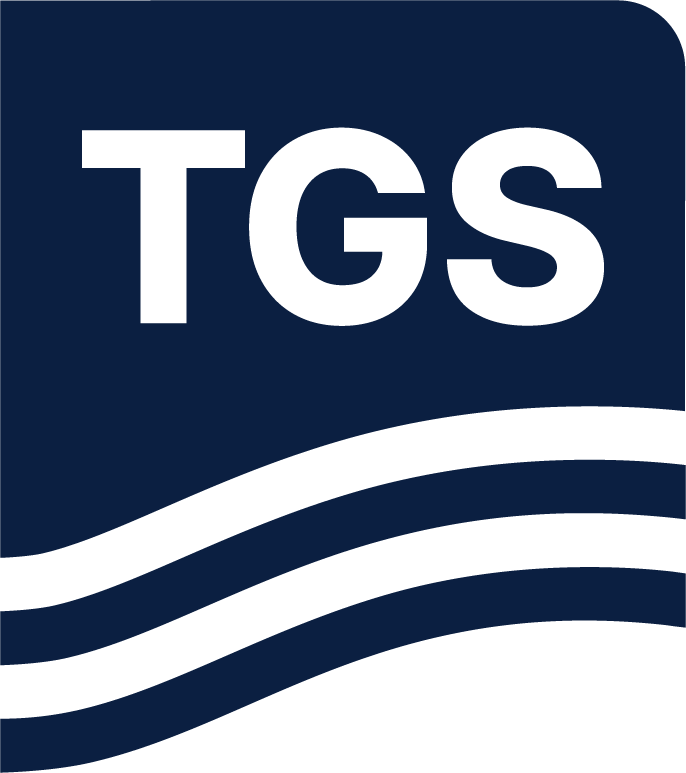Paper Summary
Migration is the process that builds an image of the subsurface from recorded seismic data, by (ideally) repositioning this data into its ‘true’ geological position in the subsurface. To perform migration, we need to understand and to be able to describe, how sound waves propagate in the earth. The propagation of seismic waves can be described by either wave theory or ray theory, and the numerical approximations to working with these descriptions can be implemented in various transform and data domains. Furthermore, there are two main approaches to performing migration: Time Migration, and Depth Migration, both of which can be performed either before stack or after stack.
I’ll briefly discuss the concepts involved in migration, and highlight the major differences between time migration and depth migration, so as to give readers some insight into the reasons behind why depth migration is important in providing a reliable image of the subsurface. In contemporary industrial processing, both time and depth migration need an estimate of the subsurface velocity field in order for the migration process to proceed, but for the more demanding process of depth migration, a more accurate velocity model is needed. The discussion here will concentrate on the way different wave-based and ray-based migration schemes handle positioning of events (the kinematics), rather than the associated amplitudes (the dynamics), and will review some of the approximations made and physical consequences of
these approximations.
In Part I of this two-part tutorial, I’ll address: the objectives of migration, time versus depth imaging, the migration response, waves versus rays, velocity scale-length, domains of application, and the evolution of migration schemes. In Part II I discus ray-based techniques, algorithm noise, multi-pathing, and one-way versus two-way propagation.

